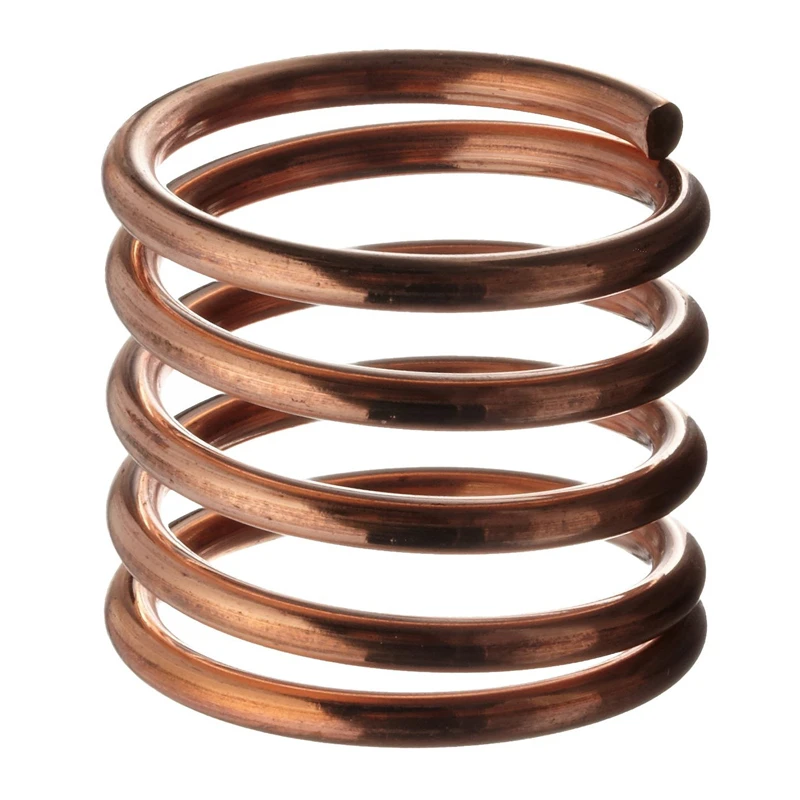
- Mobile Phone
- +8613931874955
- sales@cntcmetal.com
brick masonry ties
Understanding Brick Masonry Ties Principles and Applications
Brick masonry ties play an essential role in ensuring the structural integrity and stability of masonry walls. They act as connectors that bond masonry units like bricks or blocks to one another or to other materials, thereby enhancing the overall performance of the structure. While they are a small component of construction, their significance cannot be overstated; the proper use of ties can prevent structural failures and improve resistance to environmental factors.
The Importance of Masonry Ties
In brick construction, ties serve multiple critical functions. First and foremost, they help to distribute loads evenly across walls. This connection is particularly vital when different materials are used together in construction, such as merging brick with wood or steel. Secondly, masonry ties provide flexibility. Buildings undergo various stresses, from thermal expansion to lateral loads caused by wind. Ties can accommodate these movements, reducing the risk of cracking and other forms of damage.
Moreover, masonry ties contribute to the structural integrity of multi-wythe wall systems—walls composed of multiple layers or wythes of masonry units. In these cases, ties hold the wythes together, ensuring they behave as a single cohesive unit rather than as separate layers that could buckle under stress. This interconnectedness is crucial for maintaining both strength and aesthetics in a building.
Types of Brick Masonry Ties
Various types of ties are available, each tailored for specific applications. The most common include
1. Galvanized Steel Ties These are often used due to their strength and corrosion resistance. Galvanization involves coating steel with a protective layer of zinc, thus extending the life of the ties when exposed to moist environments.
brick masonry ties

2. Fiber-Reinforced Polymer (FRP) Ties Ideal for corrosive environments, FRP ties are lightweight and offer significant tensile strength. They are often used in coastal areas where salt exposure can be an issue.
3. Stainless Steel Ties These ties are particularly favored in structures that require resistance to extreme conditions or in permanent structures exposed to chemicals, as they offer superior corrosion resistance.
4. Brick Ties with Integral Mesh These are designed to facilitate the bonding of masonry units while providing additional support. The mesh can help to distribute the tensile and compressive forces more evenly, enhancing the stability of the wall.
Installation Practices
Proper installation of masonry ties is essential for achieving the desired performance. Industry standards and building codes often dictate their placement, materials, and spacing. Typically, ties should be installed at regular intervals, usually every 24 to 36 inches, depending on the type of wall and specific engineering requirements.
When installing ties, care must be taken to follow the manufacturer's guidelines to prevent mistakes. Over-tightening ties can lead to stress concentrations that may cause fractures in the masonry, while loose ties may not provide sufficient support. The alignment and embedding depth are also critical; ties should extend adequately into the masonry units to ensure a strong connection.
Conclusion
Brick masonry ties may seem like insignificant components in construction, but they are indeed pivotal for the durability and performance of any masonry structure. They facilitate load distribution, enhance flexibility, and ensure that multi-wythe walls work in harmony. Understanding the types of ties available and their appropriate installation practices can lead to safer and more resilient buildings. As we continue to innovate in construction methods and materials, masonry ties will remain a crucial element in bridging the gap between bricks and contemporary engineering demands. Emphasizing their importance in training and education will help future builders create structures that withstand the test of time.
share:
-
Why Sacrificial Formwork Is Redefining Underground ConstructionNewsJun.06,2025
-
The Structural Dynamics of Modern Concrete: How Snake Spacers Revolutionize Flexible ReinforcementNewsJun.06,2025
-
Snake Spacers Smart-Lock Concrete Reinforcement with Surgical PrecisionNewsJun.06,2025
-
Snake Spacers: Reinforcement Precision for Modern Concrete ProjectsNewsJun.06,2025
-
Snake Spacers Powering Concrete's Structural DNANewsJun.06,2025
-
Slither into Success: Snake Spacers' Precision Bite for Unbreakable ReinforcementNewsJun.06,2025
-
Sacrificial Formwork: Building Stronger, Faster, and Safer StructuresNewsJun.06,2025



















